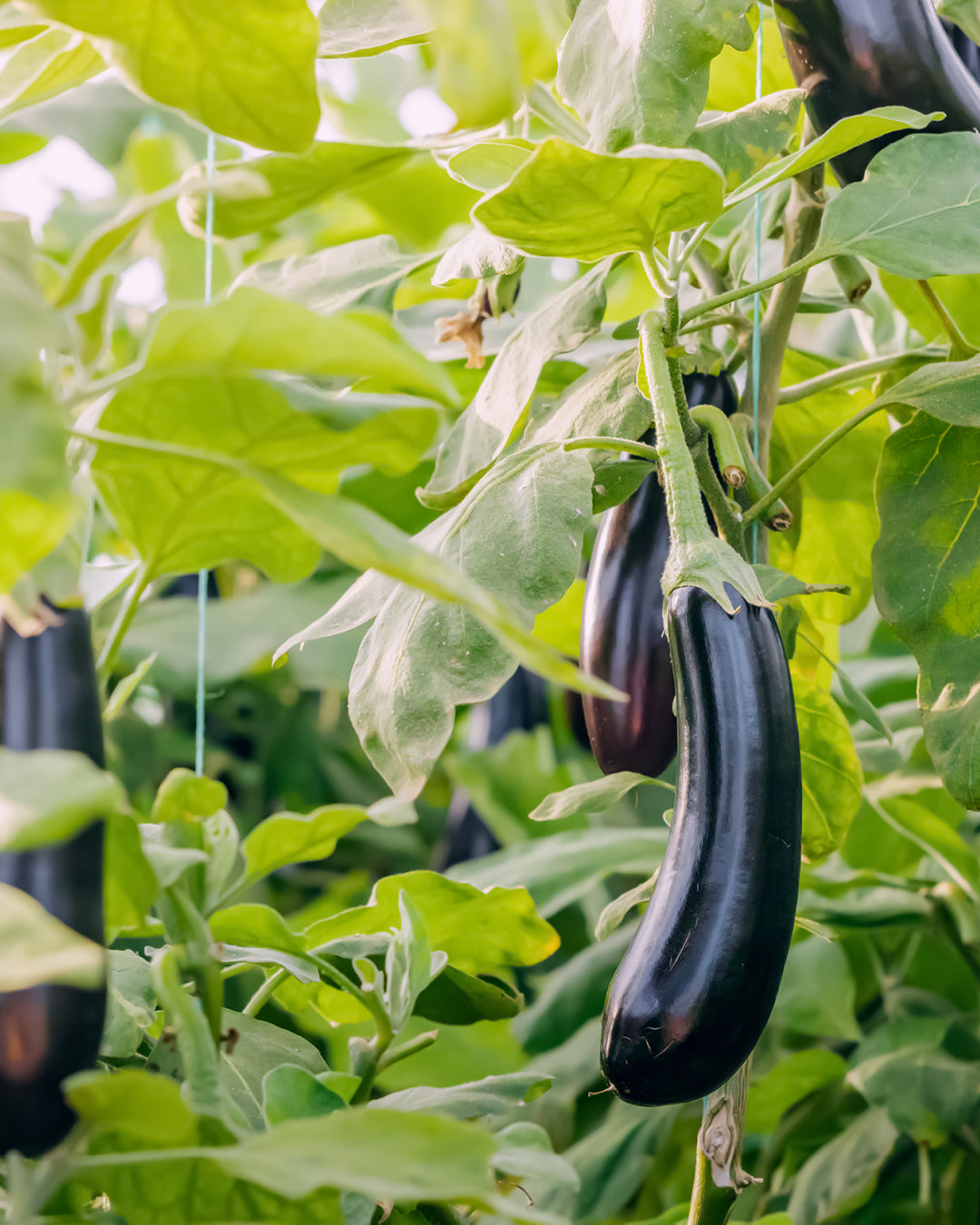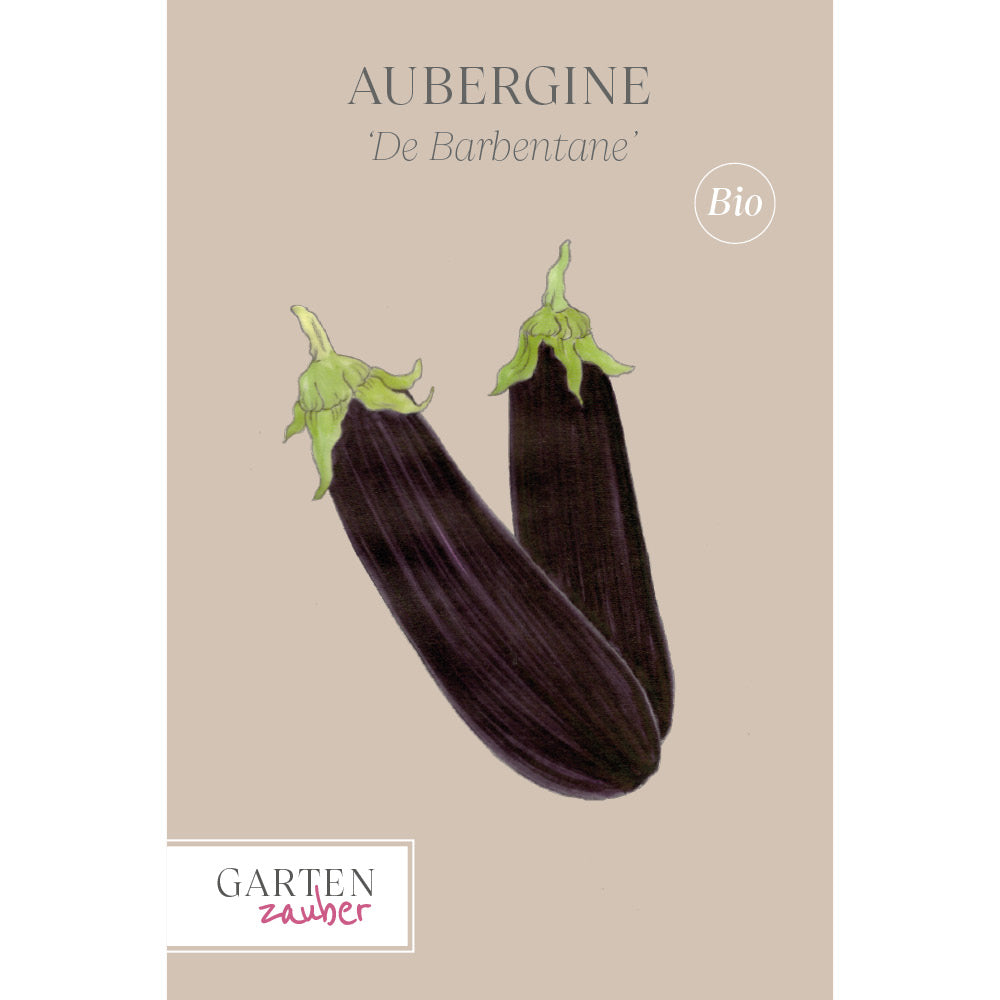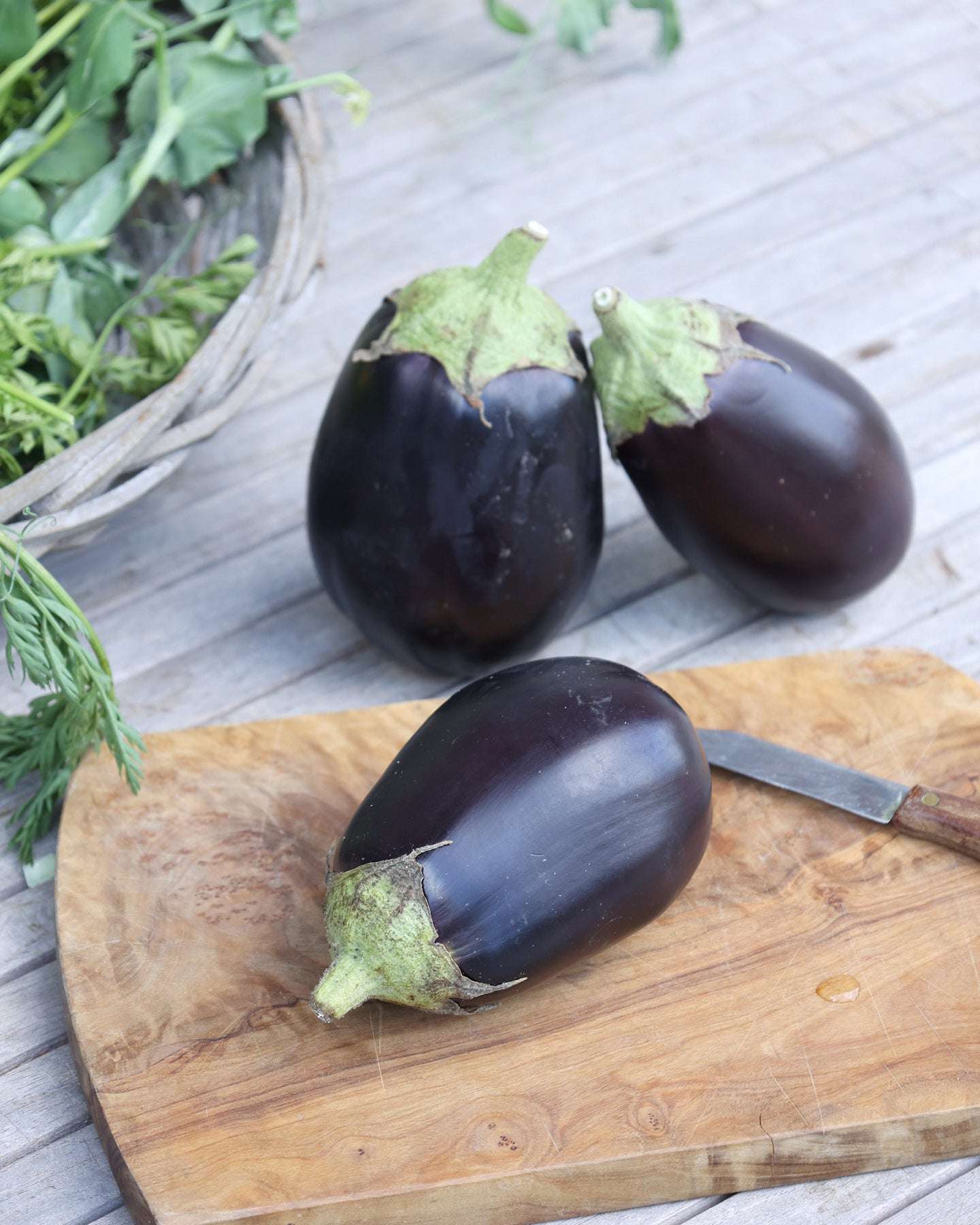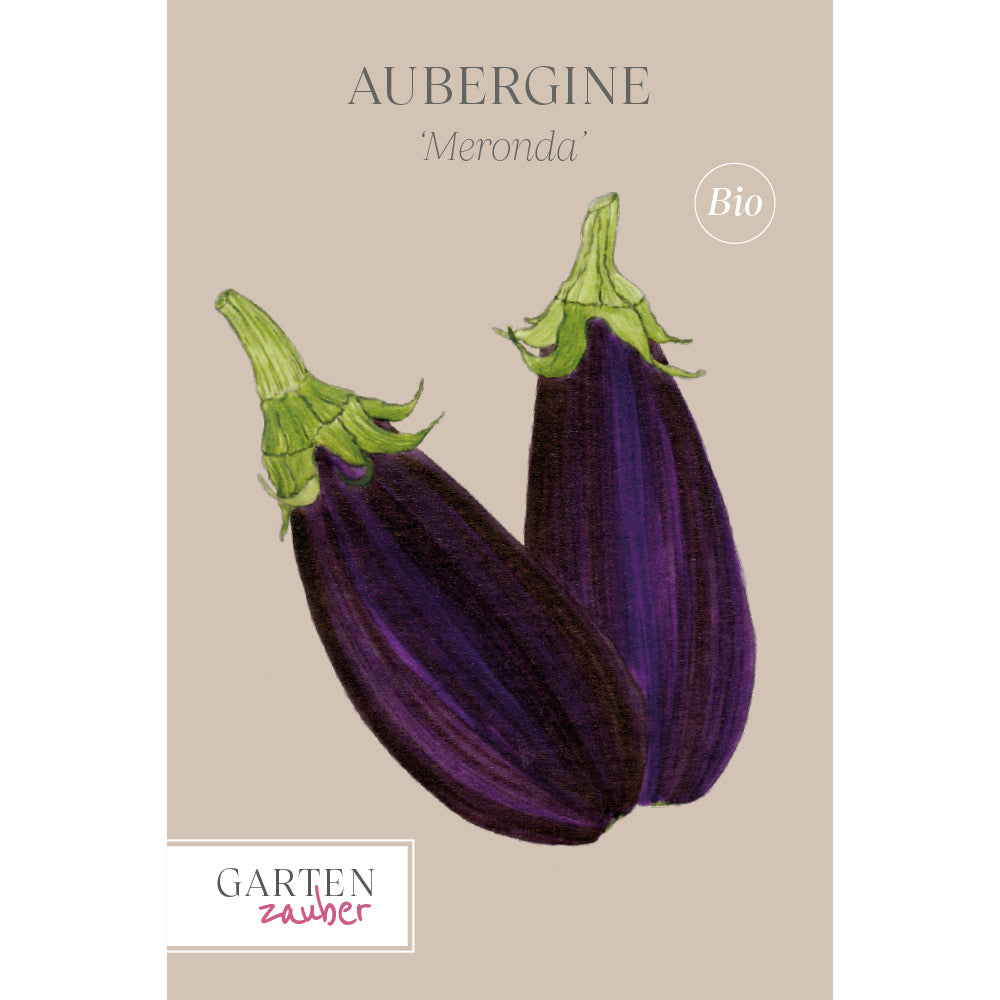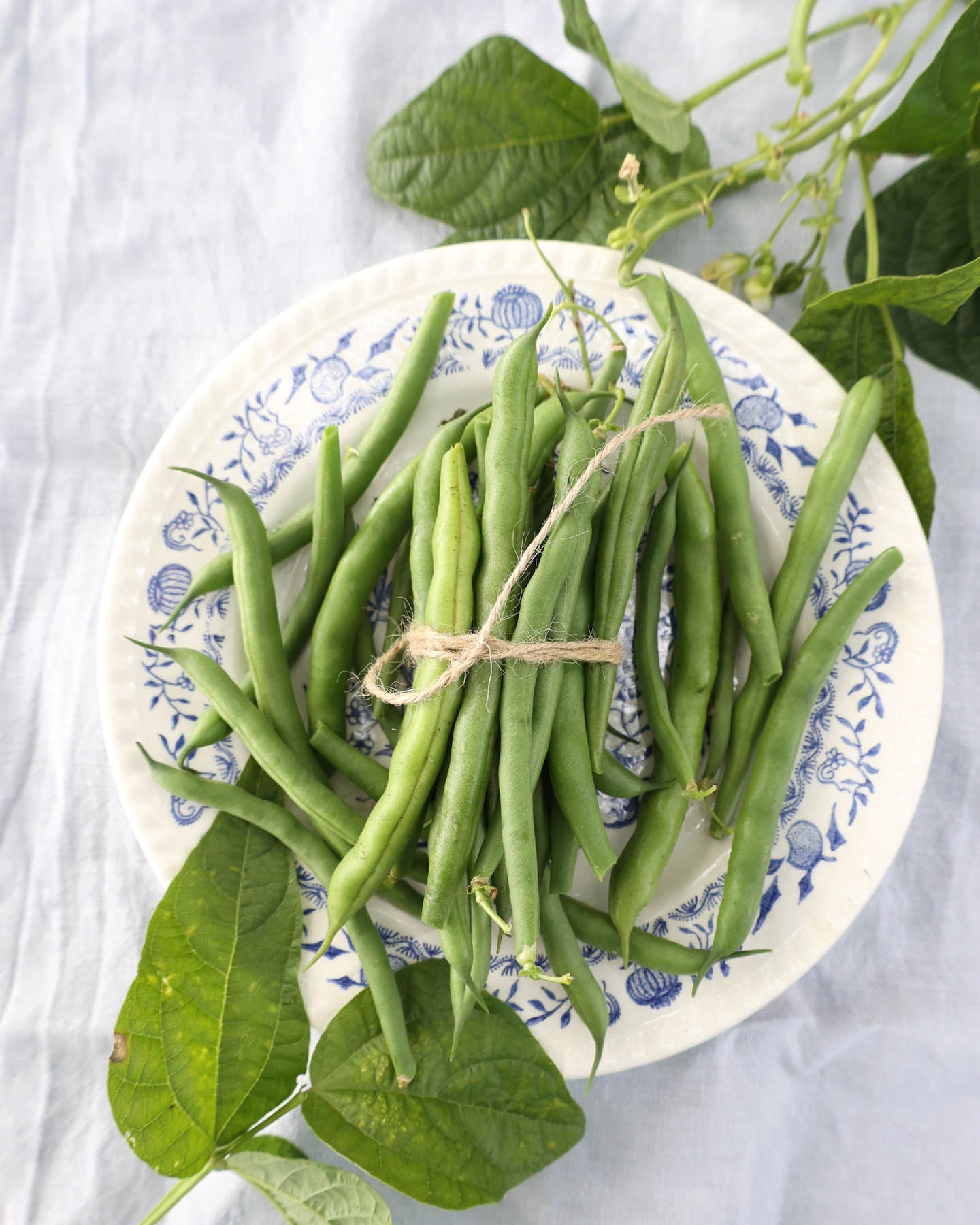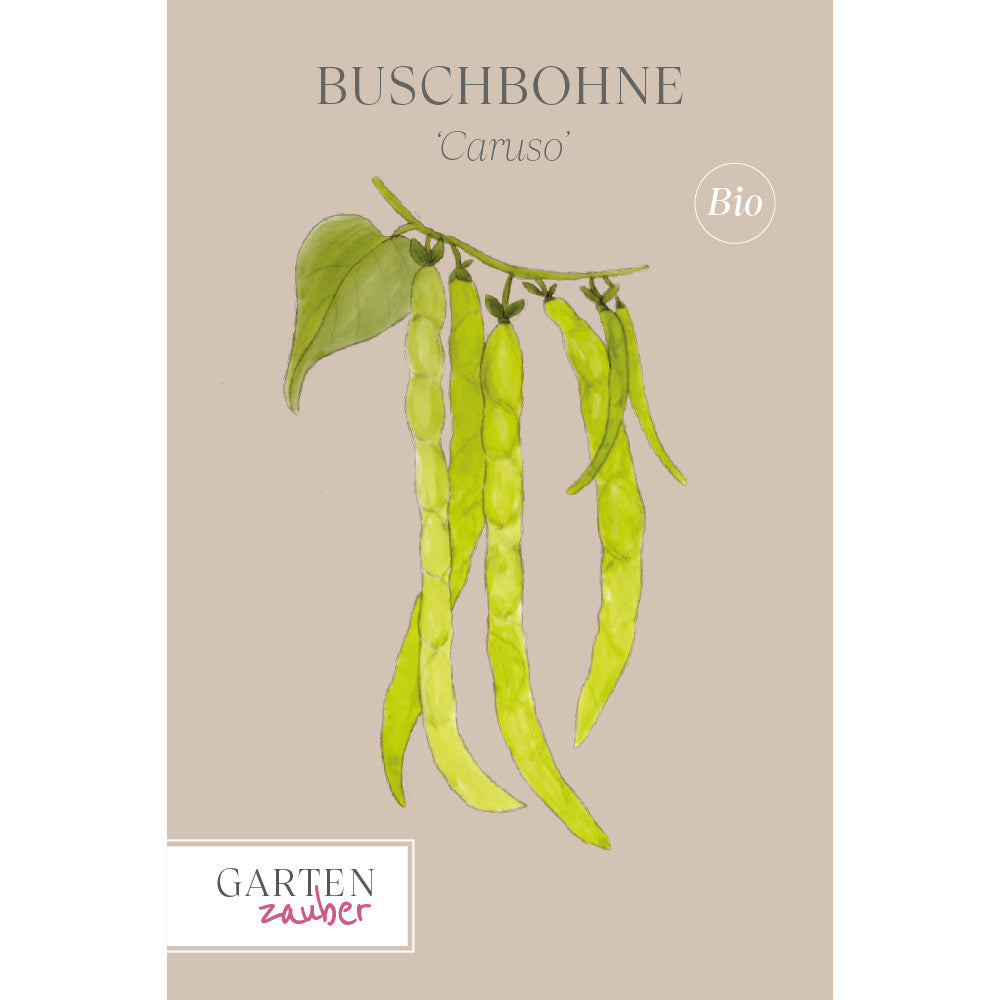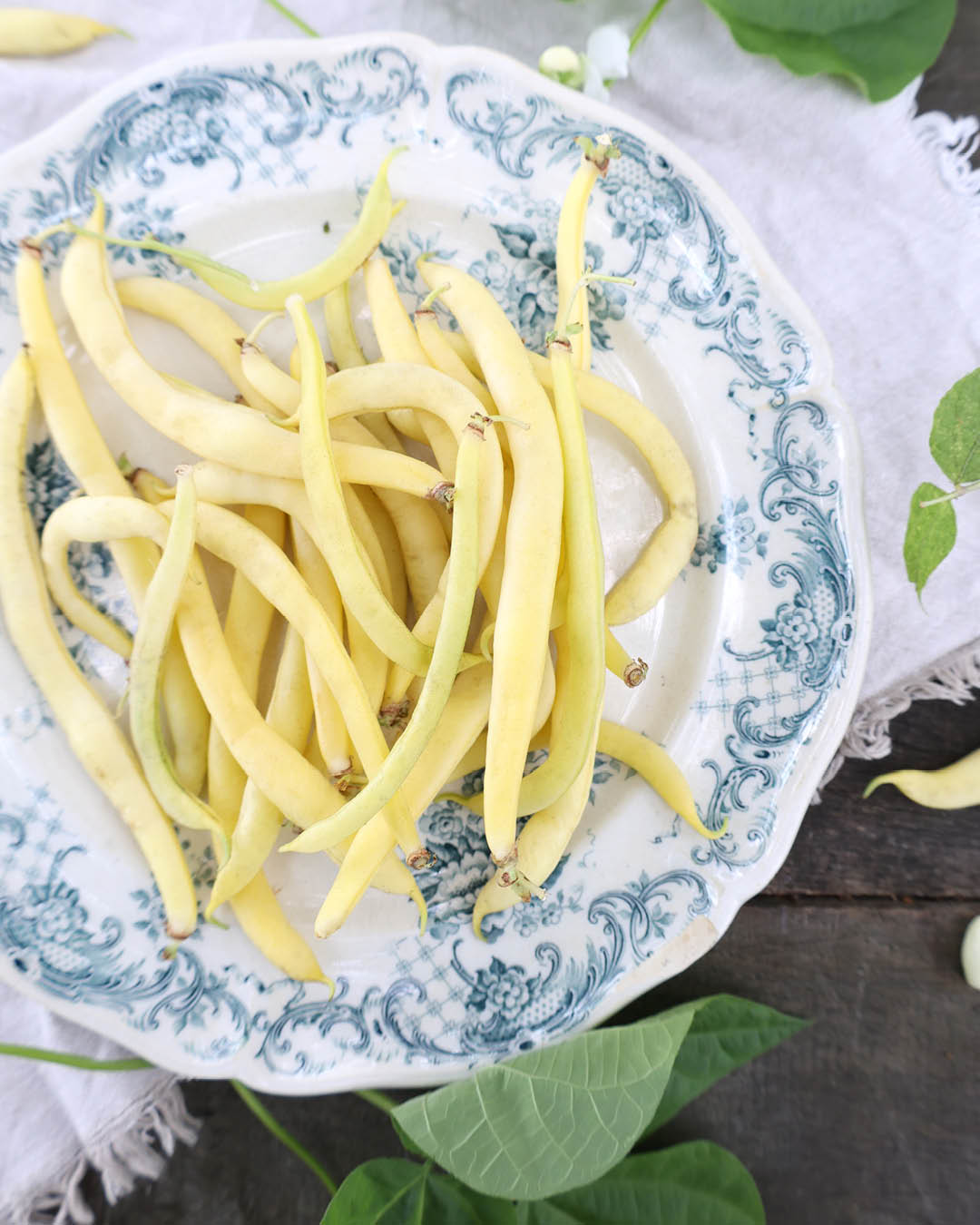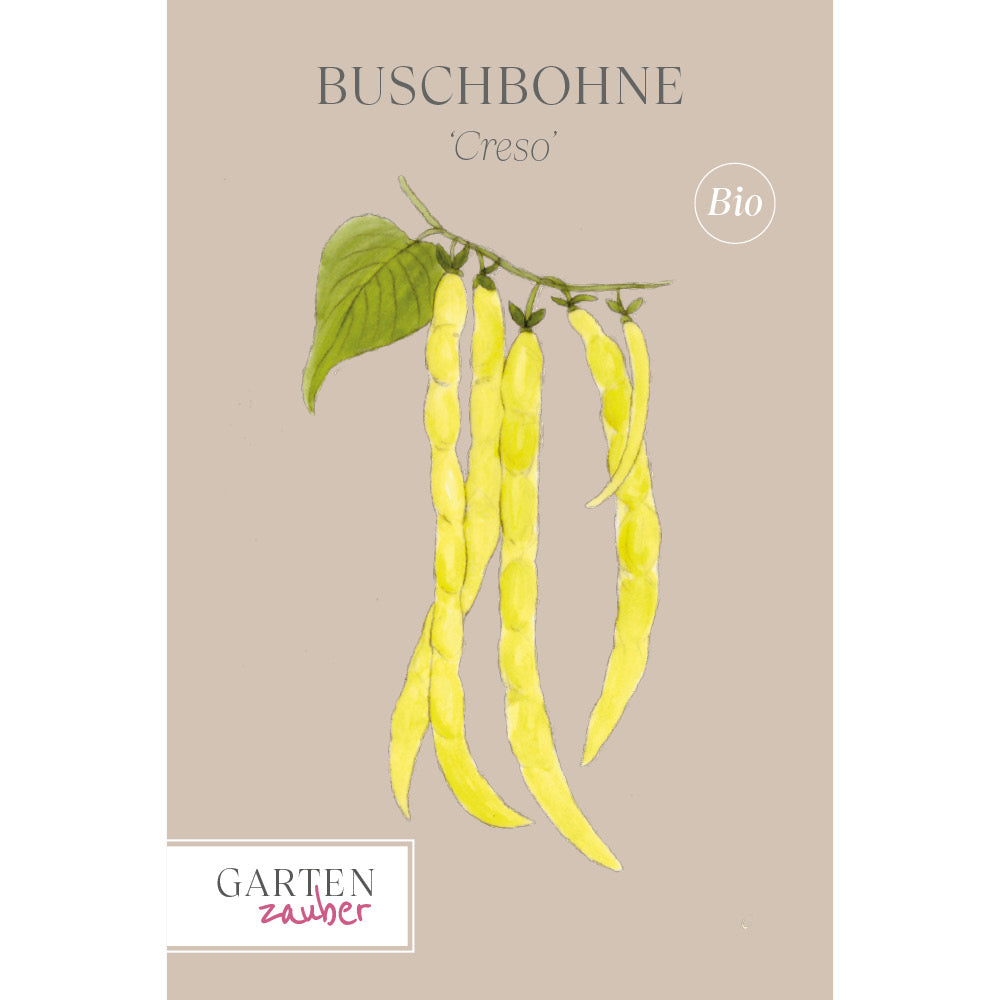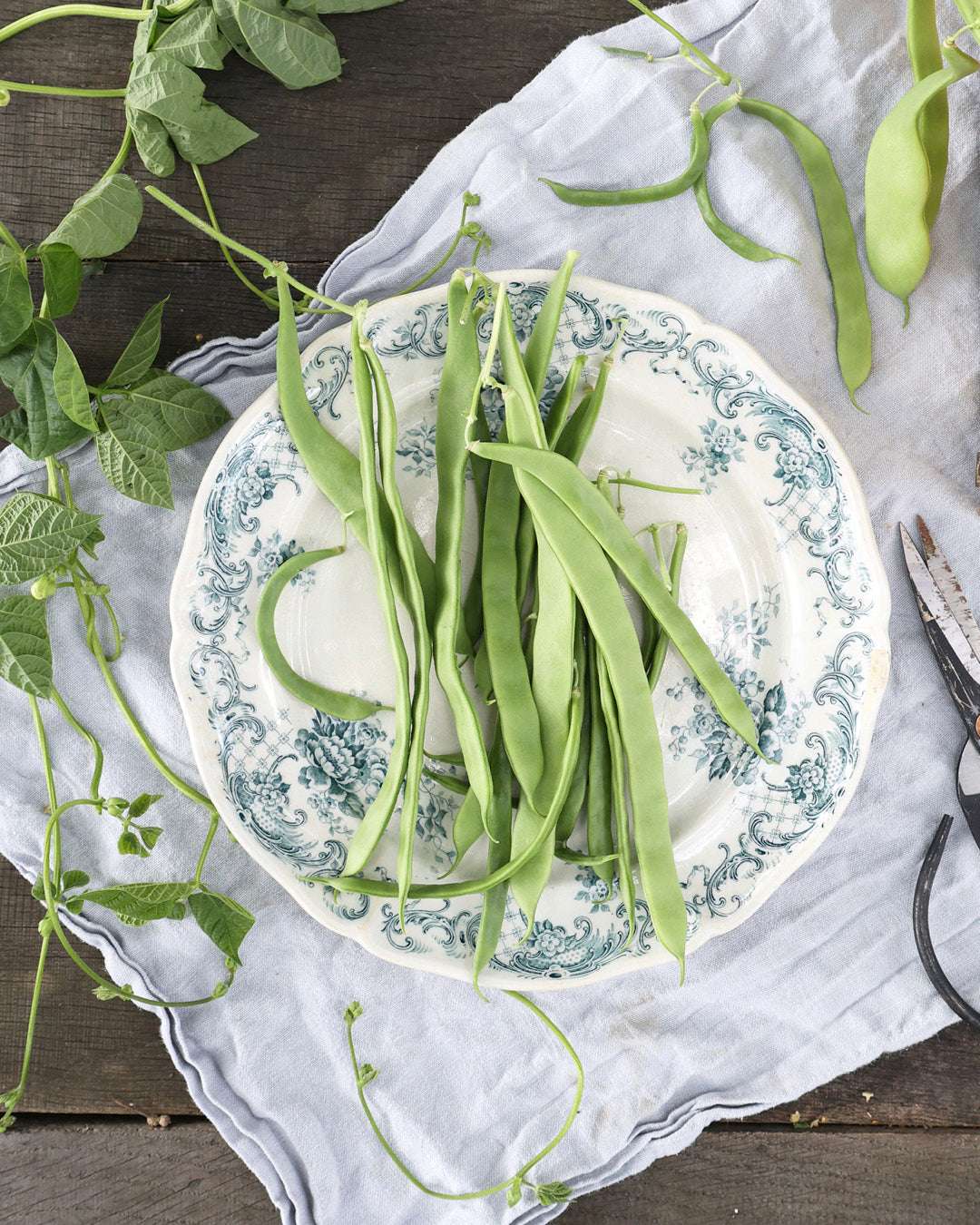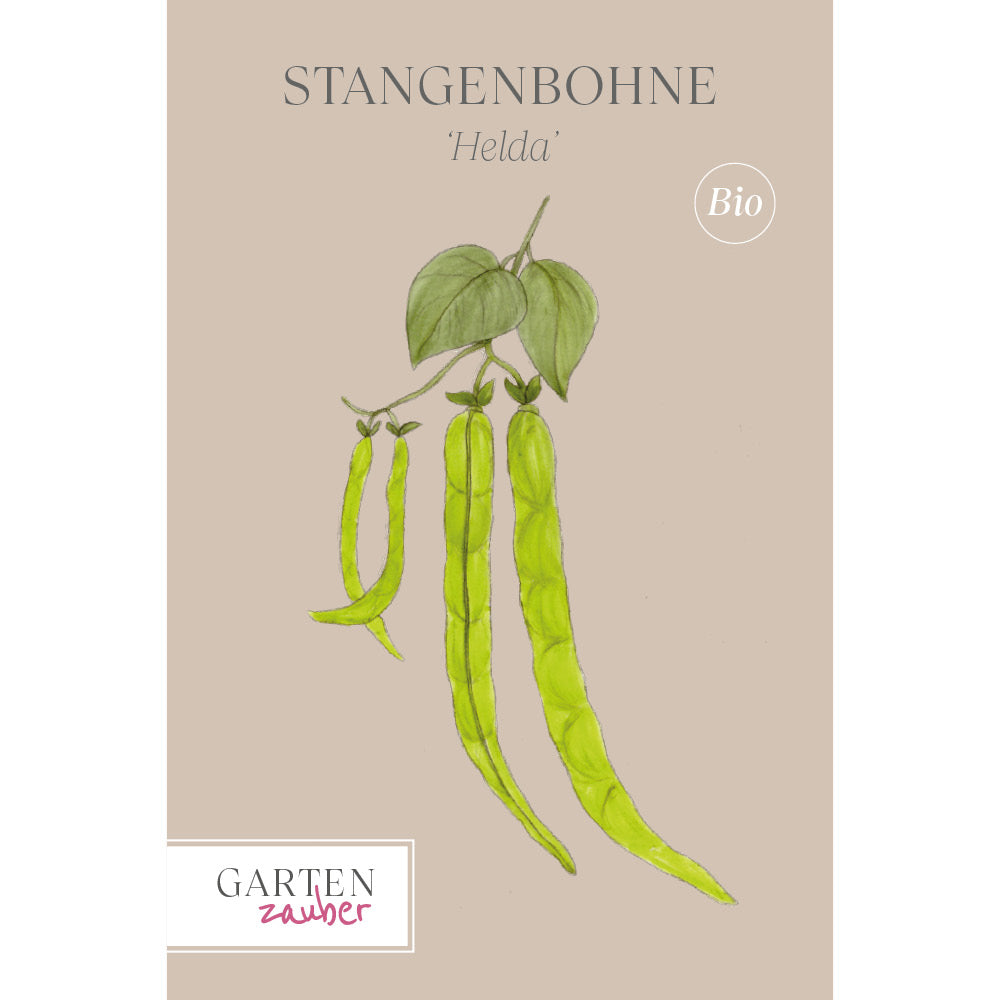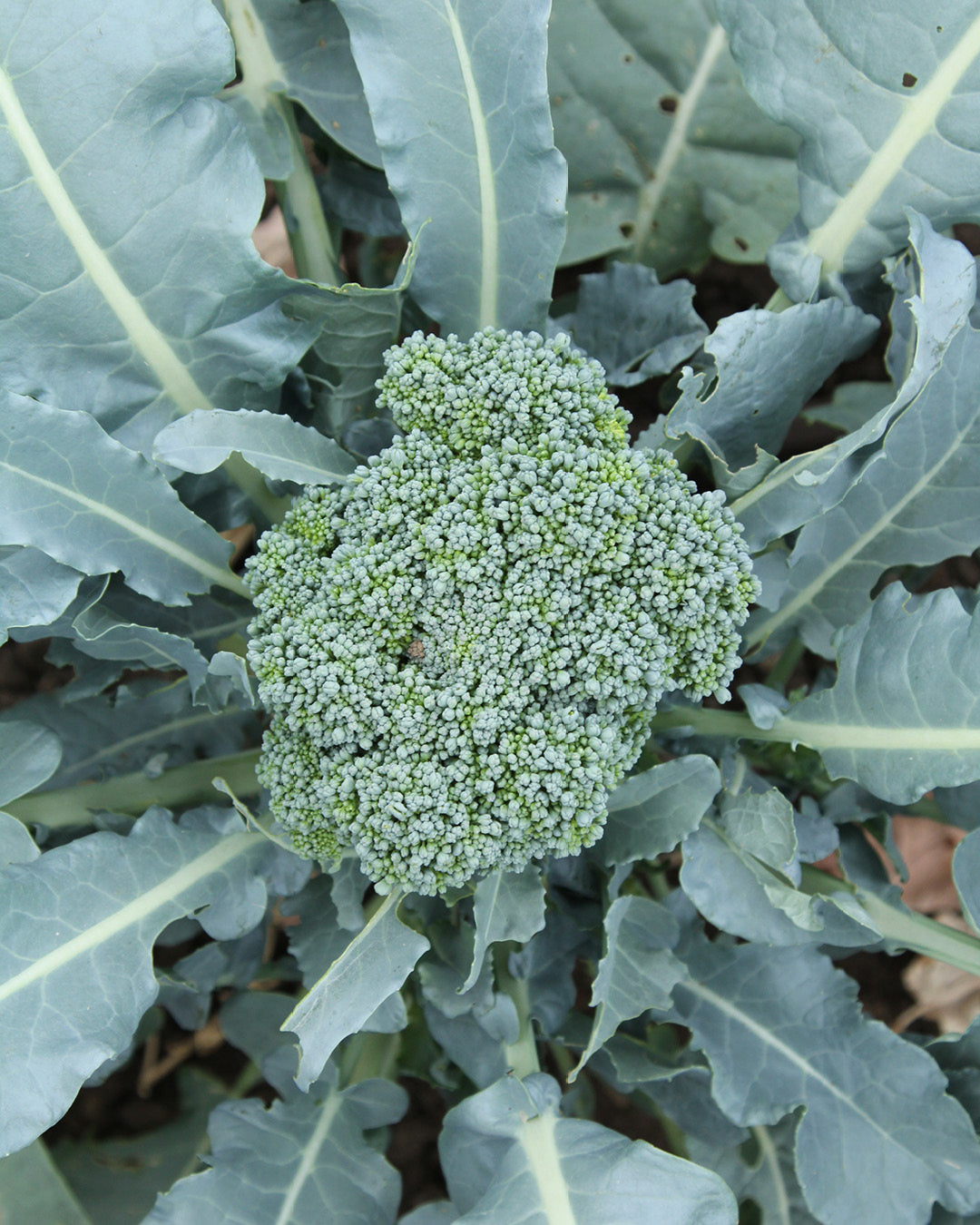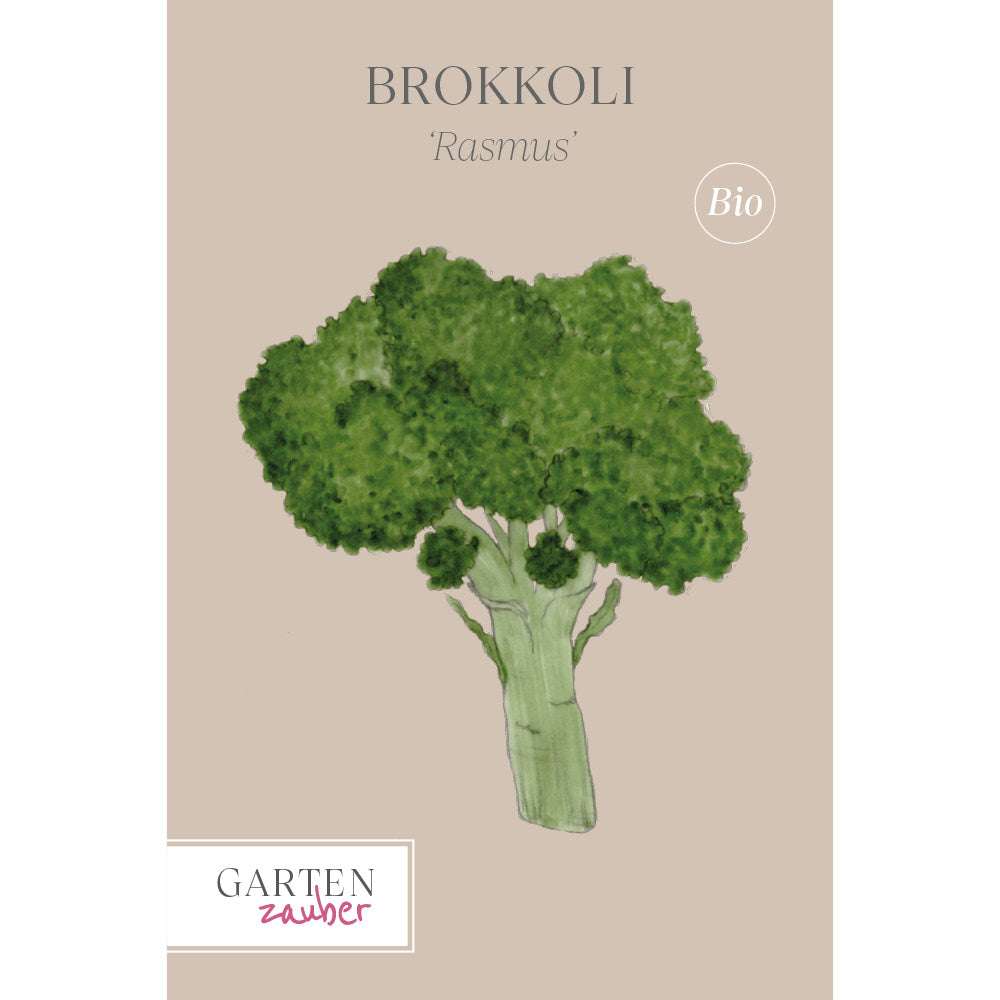After planting, mulch
Mulch does the trick – Seasoned bark mulch keeps the topsoil moist and prevents weeds from sprouting. Spread the layer a few centimeters thick on the soil to ensure its effect lasts longer than just one season.

Mulching
Mulch is a covering layer on the soil. The term comes from English and refers to unrotted organic material. It protects the upper layer of soil. Mulch has numerous functions. Firstly, it prevents the upper layer from drying out and being eroded by the wind. At the same time, it prevents the soil from becoming silted up when it rains. Because the mulch layer, which should be a good five centimeters deep, covers the spaces between the cultivated plants like a closed blanket, it prevents the establishment of weeds and unwanted seedlings. The organic material attracts organisms from the soil, and thus decomposition gradually begins. The mulch is essentially composted on site. Little by little, the upper layer of soil mixes with the decomposing plant remains through the activity of earthworms and other soil creatures. This decomposition naturally also results in nutrients being converted into a form that is available to plants.
A common mulch material in the garden is a mixture of grass clippings with chopped shrub and perennial cuttings. These things are constantly being generated and can be applied repeatedly. Mixing the different parts is a special trick. The cut grass decomposes relatively quickly, thus stimulating activity in the mulch layer. However, if you use it exclusively, the leaves quickly stick together – especially if the clippings are slightly damp. The coarser structure ensures loose storage and thus aeration of the mulch layer. Bark mulch is also available, which is available in various sizes from specialist retailers. It consists of tree bark that is not fermented. This means that the tannins are still present. Therefore, the material decomposes very slowly. The coarser the material, the longer it stays on the ground. Moisture is retained very well under the bark pieces. Here, too, balancing fertilization with nitrogen is recommended. In addition to organic mulch materials, mineral mulch can also be used. Small-grain gravel and grit have proven effective. They protect the soil from drying out, but have the advantage of keeping the shoots and base of the plants dry. This is especially important for plants that come from dry locations, as rot can otherwise occur. This applies, for example, to sage (Salvia), lavender (Lavandula), and thyme (Thymus). But even if slug damage is a problem during the shoots, as is the case with many asters (Aster), bellflowers (Campanula), and hostas (Hosta), a mineral mulch, preferably made of sharp-edged grit, has proven effective. Of course, the mineral grit also keeps weeds out of the beds, but you really need to spread a layer at least five centimeters deep on the soil. Dark materials have the advantage of warming the soil more easily. Light-colored gravel or grit reflects light, which creates a pleasing effect in partially shaded areas. Caution should be exercised when using mineral mulch around woody plants with sensitive roots or roots that grow shallowly. The mulch also encourages gardeners to walk on the area. The stress can be far too great for yews (Taxis) and Japanese maples (Acer palmatum), for example, causing the plants to grow weakly and become susceptible to disease. In these cases, it is better to protect the soil with organic mulch or ground cover plants.
Compensatory fertilization:
Before spreading an organic mulch layer on the soil, a so-called nitrogen balancing fertilizer should be applied. This is because the soil organisms that convert plant residues into humus consume nitrogen from the soil in this process. They essentially become competitors for the plants. To prevent deficiencies, first spread a mixture of horn meal and shavings on the soil. A quantity of about 70 g per square meter is sufficient.
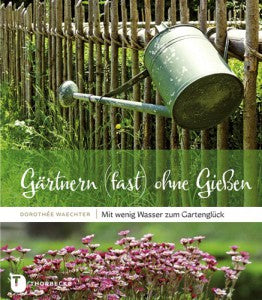
The content of this article is from the book:
Dorothée Waechter
Gardening (almost) without watering –Garden happiness with little water
ISBN: 978-3-7995-0526-0
Price: € 22.99 [D] / € 23.70 [A] / sfr 32.90
Jan Thorbecke Publishing
No garden thrives without water. However, in light of climate change, careless watering is increasingly becoming a luxury of the past. In "Gardening (almost) without watering. With little water to garden happiness," published by Jan Thorbecke Verlag, horticultural engineer Dorothée Waechter has taken an in-depth look at how to plan and maintain a garden with little water.

